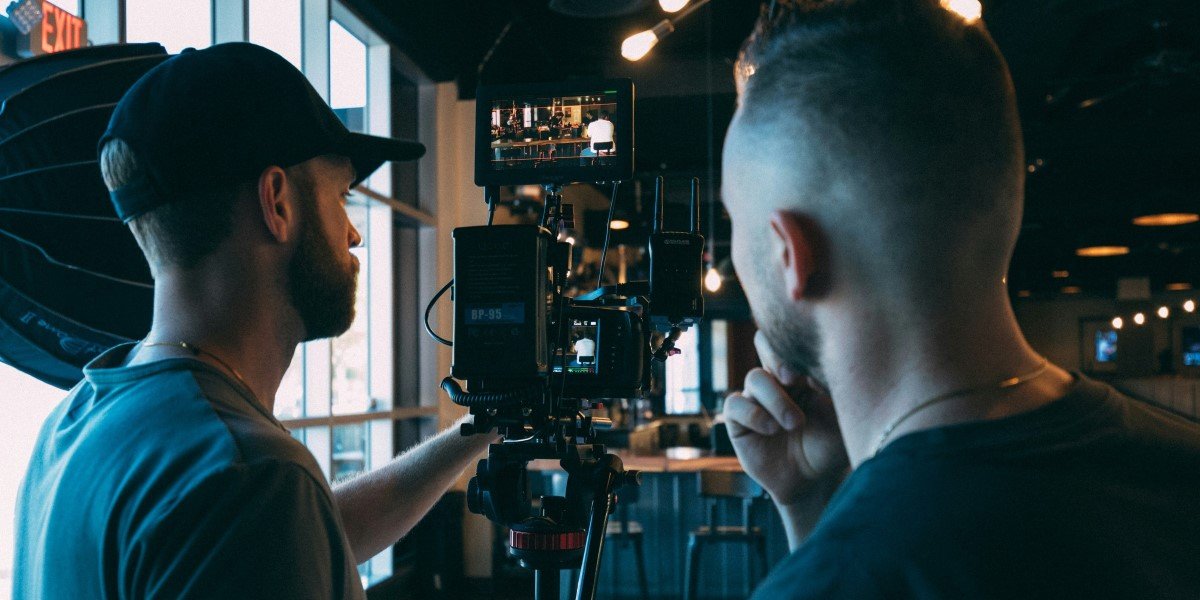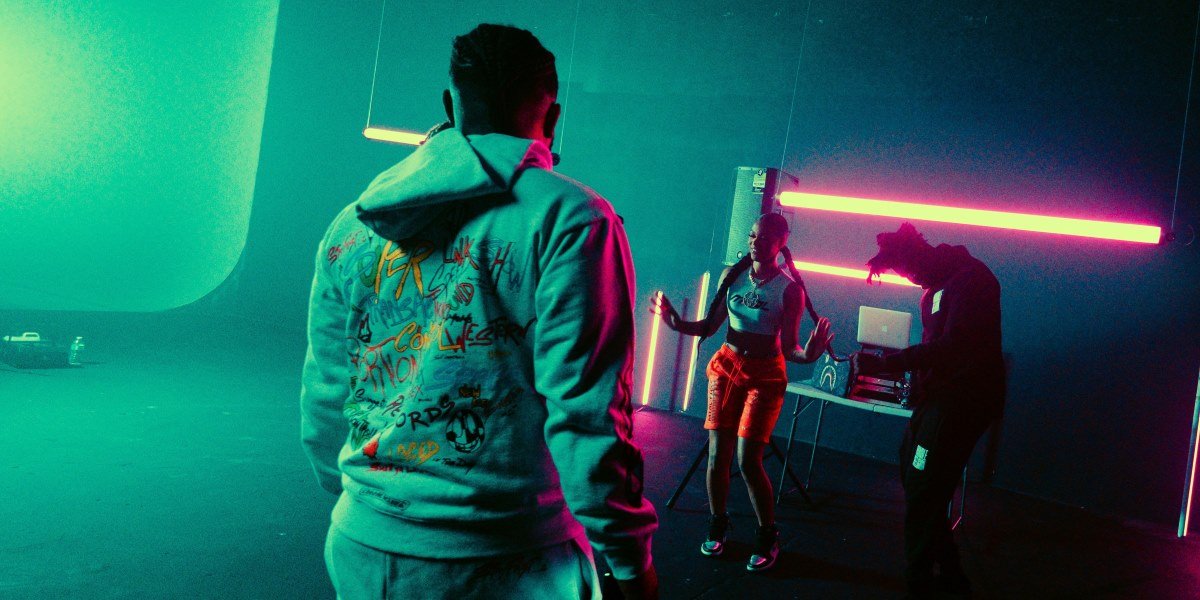Bringing Imaginations to Life: How Special Effects Transform Stories
The ability to bring an audience into extraordinary worlds, filled with fantastical creatures, explosive battles, or breathtaking landscapes, often relies on the magic of special effects and visual enhancements. These techniques are the unsung heroes that bring a storyteller’s wildest visions to life on screen. From the earliest days of cinema to today’s blockbusters, a fascinating blend of artistry and technical skill works to create seamless illusions that captivate viewers.
Read also: Harnessing the Power of Visual Effects in Post-Production
What Are Practical Effects and How Do They Still Matter?

Photo Credit: Unsplash.com
Before the widespread use of computers in filmmaking, practical effects were the backbone of visual spectacle. These are physical effects created on set during filming. Think of a miniature model of a city collapsing, the controlled pyrotechnics of a car explosion, or the intricate design of monster prosthetics that make an actor unrecognizable. Smoke machines, wind machines, and even rain towers all fall under this category.
Artists and technicians meticulously craft these elements, often on a large scale, to achieve a tangible realism. The advantage of practical effects is their physical presence, which interacts with light and environment in a way that can be incredibly convincing. When a real explosion erupts, the debris scatters naturally, and the light reflects authentically on the surrounding set and actors. Even with advanced digital tools available, many filmmakers still integrate practical effects because of their inherent believability and the unique texture they add to a scene. They provide a foundational realism that can often be difficult to fully replicate through purely digital means.
How Does Computer-Generated Imagery (CGI) Create the Impossible?
While practical effects offer a grounded reality, computer-generated imagery (CGI) unlocks realms of limitless imagination. CGI involves using computer graphics to create or enhance images in films, television shows, and video games. This technology allows creators to build entire virtual worlds, design fantastical creatures that move with lifelike fluidity, or simulate complex phenomena like massive armies clashing or a planet being destroyed.
The process often begins with digital artists sculpting 3D models of characters or objects. These models are then “rigged,” meaning they are given a digital skeleton that allows animators to manipulate their movements. Textures and lighting are meticulously applied to make them appear realistic within a scene. Green screen technology, or chroma keying, plays a crucial role here. Actors perform in front of a solid green (or blue) background, which can then be digitally replaced with any computer-generated environment, seamlessly placing them into impossible settings. This technique allows for grand scale and intricate detail that would be impossible or unsafe to achieve practically.
What About Motion Capture and Digital Matte Painting?
Beyond creating entirely new elements, special effects also refine and enhance existing footage. Motion capture, or “mo-cap,” is a technique where the movements of a real actor or object are recorded and translated onto a digital model. An actor wears a suit covered in markers, and cameras track these markers, capturing every nuance of their performance. This data is then used to animate a CGI character, giving it realistic human-like movements and expressions. This process is invaluable for bringing believable digital characters, from fantastical beasts to complex humanoid robots, to the screen.
Digital matte painting is another powerful tool. Historically, matte painters would create vast, detailed backdrops on large sheets of glass that would be composited with live-action footage. Today, this is done digitally. Artists create highly detailed digital paintings of expansive landscapes, futuristic cities, or historical settings. These digital paintings are then seamlessly integrated into live-action scenes, extending the perceived environment far beyond the physical set. This allows filmmakers to create breathtaking vistas and immersive worlds without the logistical challenges and costs of building enormous physical sets.
Read also: Visual Harmony Unleashed: Mastering Composition Techniques for Compelling and Balanced Photography
How Do Teams Collaborate to Achieve These Illusions?
Bringing these varied techniques together requires immense collaboration among diverse teams of artists and technicians. A visual effects supervisor oversees the entire process, working closely with the director to understand their vision and determine the best approach for each shot. Concept artists begin by sketching initial designs for creatures, environments, or effects. Modelers then build these concepts in 3D, followed by texture artists, riggers, and animators who bring them to life.
Compositors are the final architects of the illusion, meticulously blending all the different layers—live-action footage, CGI elements, and digital matte paintings—into a single, cohesive image. They adjust lighting, color, and depth to ensure everything looks as if it was filmed together. This intricate dance of creativity and technical precision, often involving hundreds of people and thousands of hours, is what allows filmmakers to craft seemingly impossible visuals that enhance the narrative experience and truly transport an audience.

